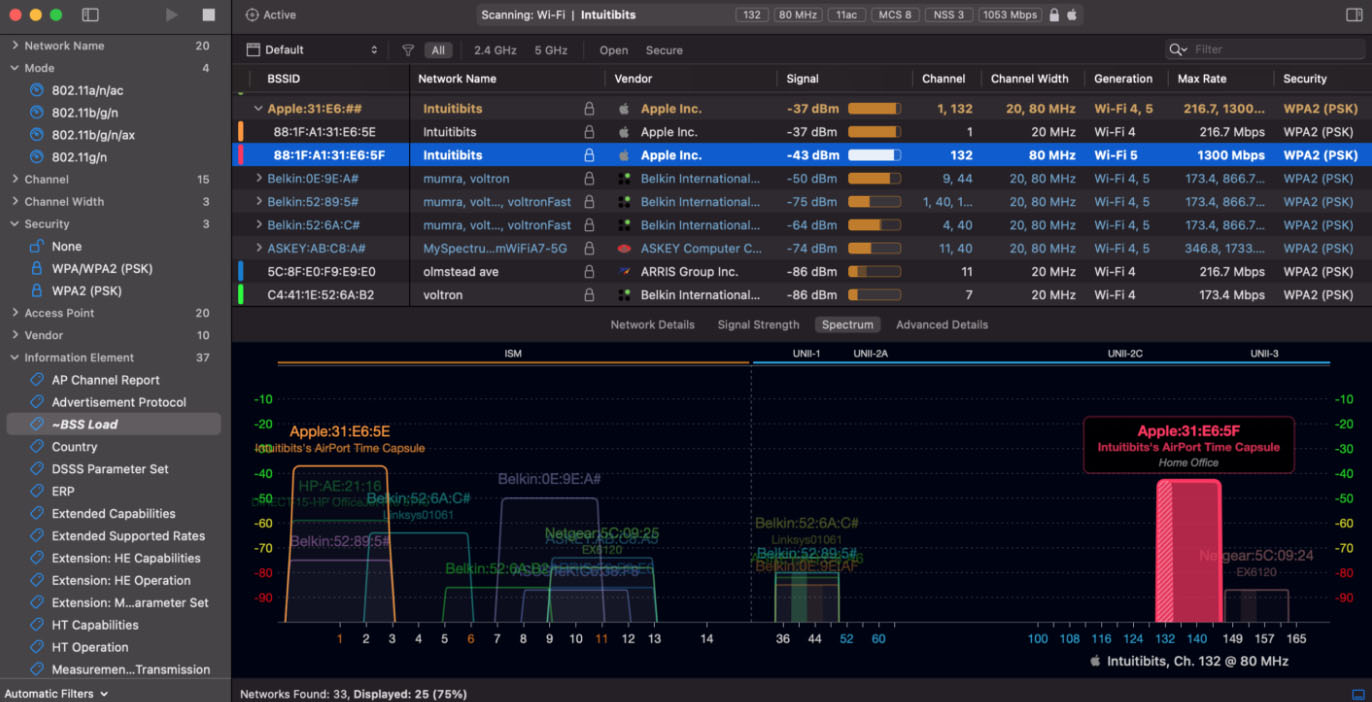

The most likely scenario for this is cascading an ethernet, Wi-Fi, and iPhone USB connection with a laptop. Click the gear icon and then select Set Service Order, and you can drag interfaces around in the priority you want OS X to use them when they’re available and connected. You can pick the order that OS X consults network interfaces.īut you can choose the order in which OS X access your local network and the Internet. (You can select any interface, click the gear icon, and choose Make Service Inactive to disable it.) OS X automatically sorts network interfaces in the Network system preferences pane in the order of first “connected” interfaces (ones with an active signal and IP address), then disconnected ones, and finally those marked inactive. (You may want Wi-Fi active at all times so you can take advantage of Continuity features that require Wi-Fi, and to use AirDrop.) A few years ago, OS X would balk at this but since Mavericks (10.9), I’ve kept both active. Typically, they won’t conflict, even if you have two or more interfaces connected to the same network, such as Wi-Fi and ethernet. The Network system preferences pane lets you activate multiple interfaces at once, and see the status of all network connections. They can be “real” in the sense of directly corresponding to physical hardware that’s part of or attached to a Mac, or “virtual,” as is the case with VPNs (virtual private networks). OS X is a well-designed modern operating system that for many releases has let you have multiple active network interfaces. Just curious, is it a benefit or a deficit or is it neutral to have both connections active at the same time?ĭon (and Don really exists, I didn’t invent him, I swear), that’s a great area to discuss. Somewhere along the line I had to turn on my WiFi as well. I have an ethernet connection to my FiOS modem/router and it works great.

Don Smith asks a wonderful leading question on networking in OS X:


 0 kommentar(er)
0 kommentar(er)
